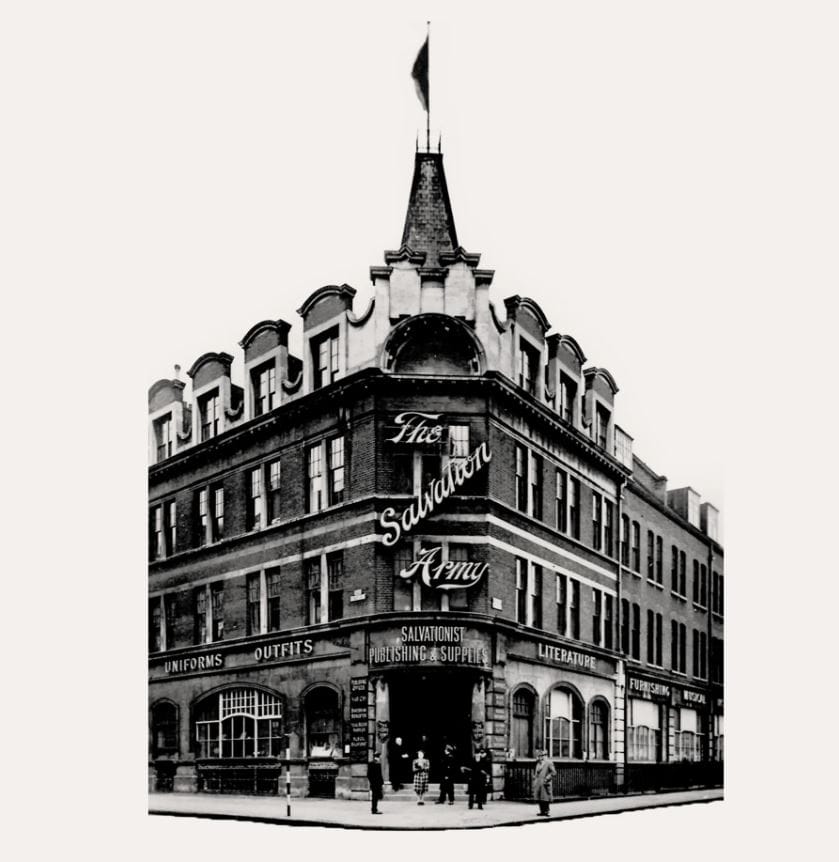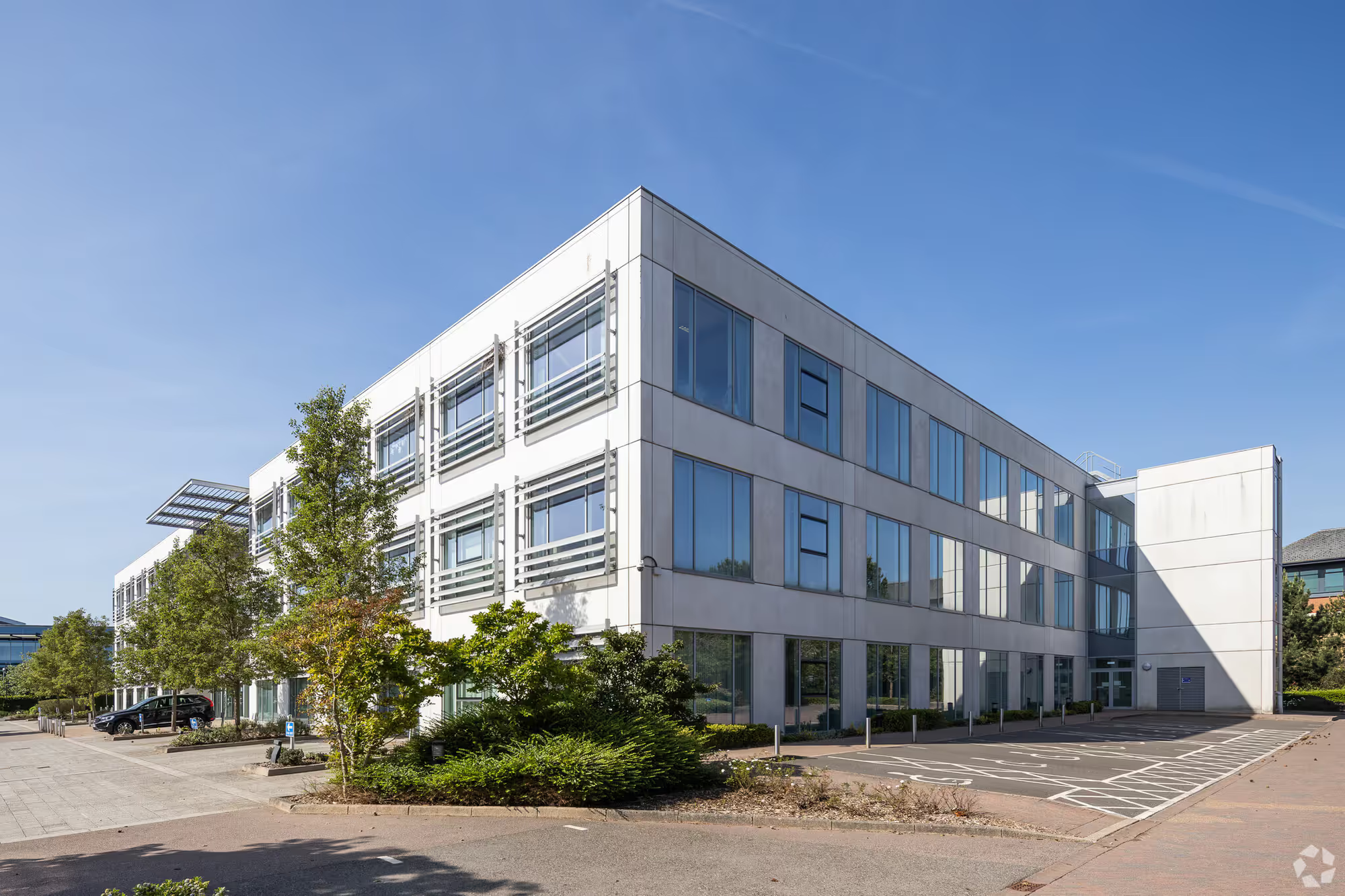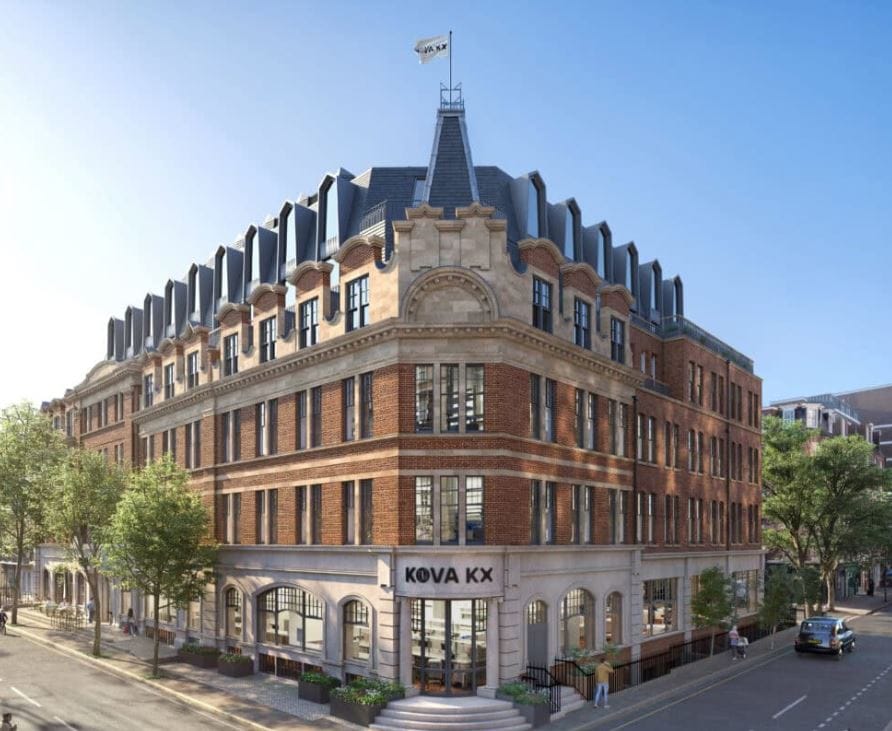Dear reader,
This week’s edition explores how two former UK charity headquarters are being repurposed as life sciences facilities. It traces the evolution of the lab bench—from modest wooden tables to high-spec workstations—and takes a closer look at the visual language used by science parks and innovation districts. The issue also features insights from Colleen O’Connor of BioMed Realty on what’s shaping the sector today.
Let's jump in.
✅ Charity headquarters: two UK buildings become science hubs
🔒 Industry voice: Colleen O'Connor of BioMed Realty
🔒 Branding: the visual language of innovation
🔒 Lab bench: from wood to high-tech workstation
(🔒 items are for paying members only)
Our signature deal tracker returns on 26 June.
— Stephen Ryan (connect with me on LinkedIn)
🔍 Need deeper insights into life sciences real estate?
In addition to our regular updates, we offer bespoke research and strategic analysis for investors and developers in the life sciences sector. Whether you’re evaluating an acquisition, tracking market trends, or need a custom report, our team can help you make informed decisions.
Get in touch to discuss how we can support your next project.
Charity headquarters

The headquarters of two renowned UK charities are being transformed into hubs for life sciences, reflecting a wider shift in the urban property market as high-impact research displaces traditional office and institutional uses.
The former headquarters of Oxfam, a global anti-poverty NGO founded in 1942, and The Salvation Army, a Christian charity established in 1865 and known for its social services, are both undergoing significant redevelopment. Each scheme is led by private investors responding to a surge in demand for well-located science-ready buildings—a trend increasingly visible across the UK’s core research markets.
Oxfam building prepares for lab conversion

Oxfam House, the NGO’s long-standing global hub on John Smith Drive in Oxford Business Park, was purpose-built in 2005 with a design rooted in ethical procurement, sustainability, and staff wellbeing. The building included flexible open-plan interiors, a galleried atrium, conference and childcare facilities, and an in-house restaurant.
In April 2024, the 85,000 sq ft building was sold to a private investor for £37.1 million (€43.6 million). Planning applications lodged by GreyArc Investments propose a rooftop extension, façade alterations, new external plant areas, and internal remodelling to deliver office and laboratory space targeted at life sciences tenants. A ground floor café and gym are included in the new design.
Oxfam itself downsized to a smaller unit nearby on the same business park to reduce operational costs after its lease expired in March 2025. The charity’s restructuring programme aims to save £10.2 million (€12 million) in staff costs.
Salvation Army HQ reborn as KOVA KX

In London, another transformation is underway at 105 Judd Street, an Edwardian red-brick landmark once home to the Salvation Army’s trading headquarters. Built between 1900 and 1910 and expanded during the interwar period, the building later hosted the Royal National Institute of Blind People.
Native Land and Ashby Capital are leading the £100 million (€117 million) redevelopment, rebranded as KOVA KX. The scheme combines historic preservation with high-specification laboratory infrastructure, delivering 70,000 sq ft of lab-enabled workspace in a two-storey vertical extension. The building’s central location—walking distance from King’s Cross, St Pancras and Euston stations—positions it at the heart of London’s life sciences corridor.
The retrofit includes new terraces, energy-efficient systems, and a café open to the public. The building will meet Containment Level 2 standards, making it suitable for a range of biomedical and research uses. LifeArc, a UK medical research charity, has pre-let the building.
A symbolic shift in real estate use
The parallel redevelopment of these former charity headquarters reveals an important moment in the life sciences property narrative. Both buildings were conceived as symbols of service and community, rooted in humanitarian or faith-based missions. Their respective conversions into commercial science hubs speak to the changing fabric of the UK’s urban economies, as institutional owners divest and developers reorient toward research and innovation.
While the Oxford and London schemes differ in scale and heritage, they share key themes: re-use over demolition, the attraction of science tenants, and growing investor interest in retrofit opportunities with strong location fundamentals.
